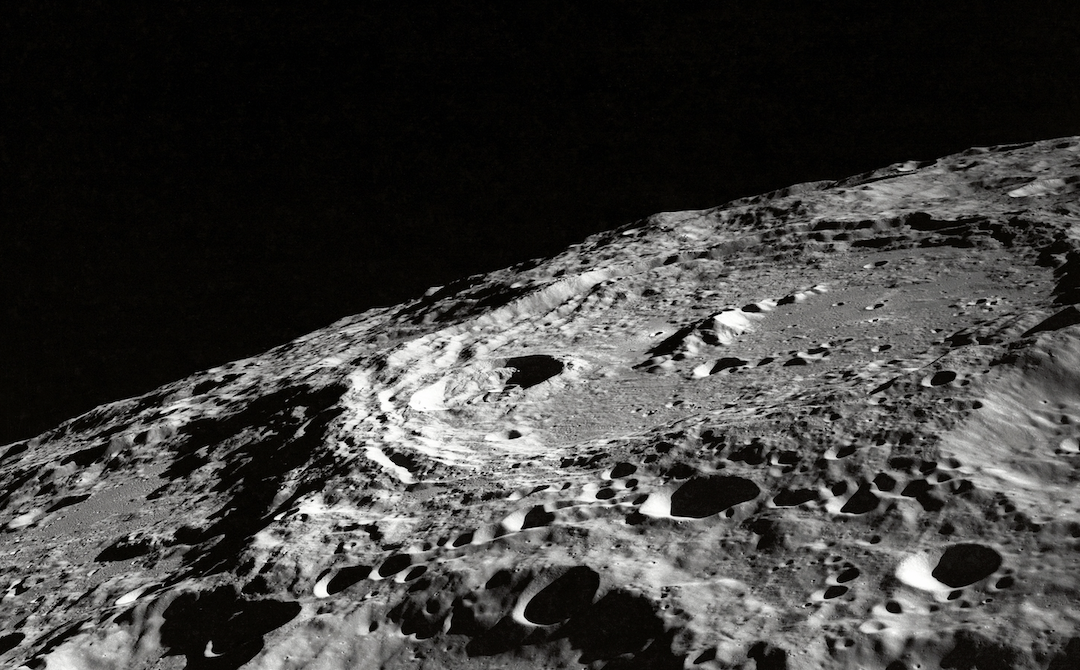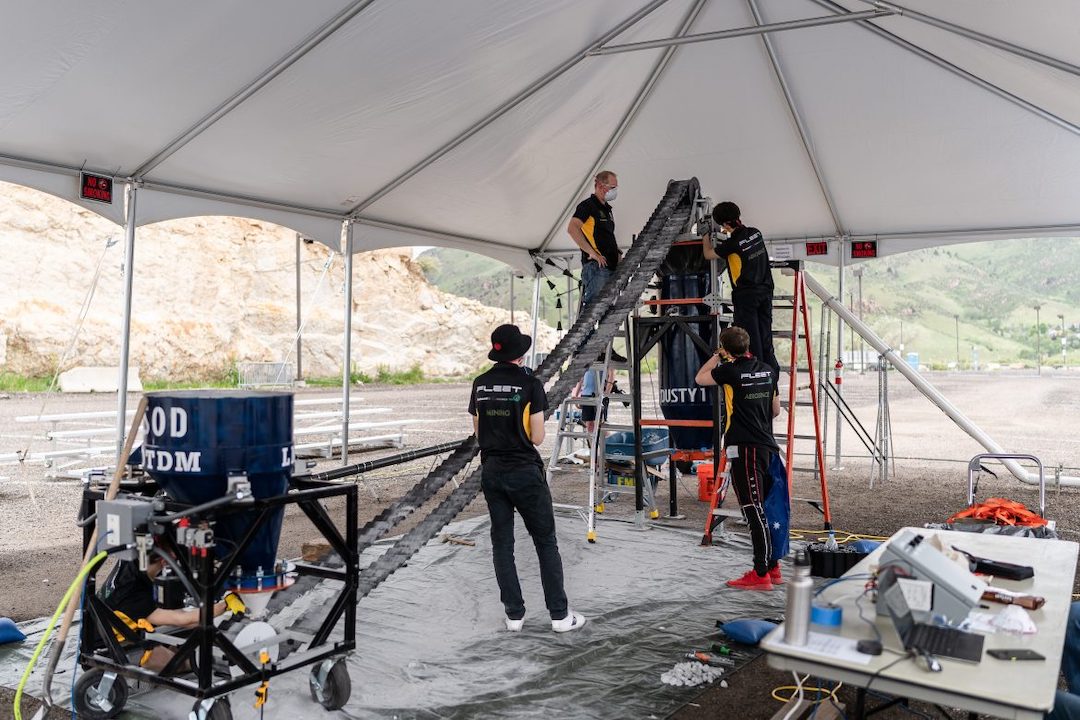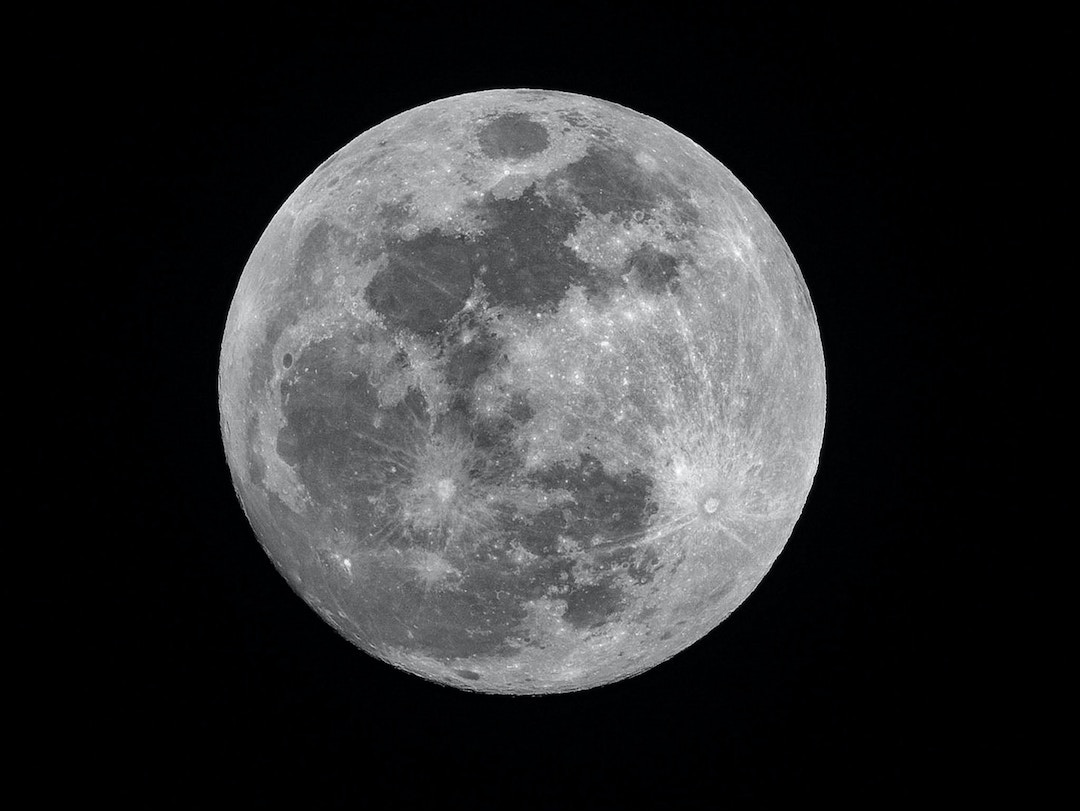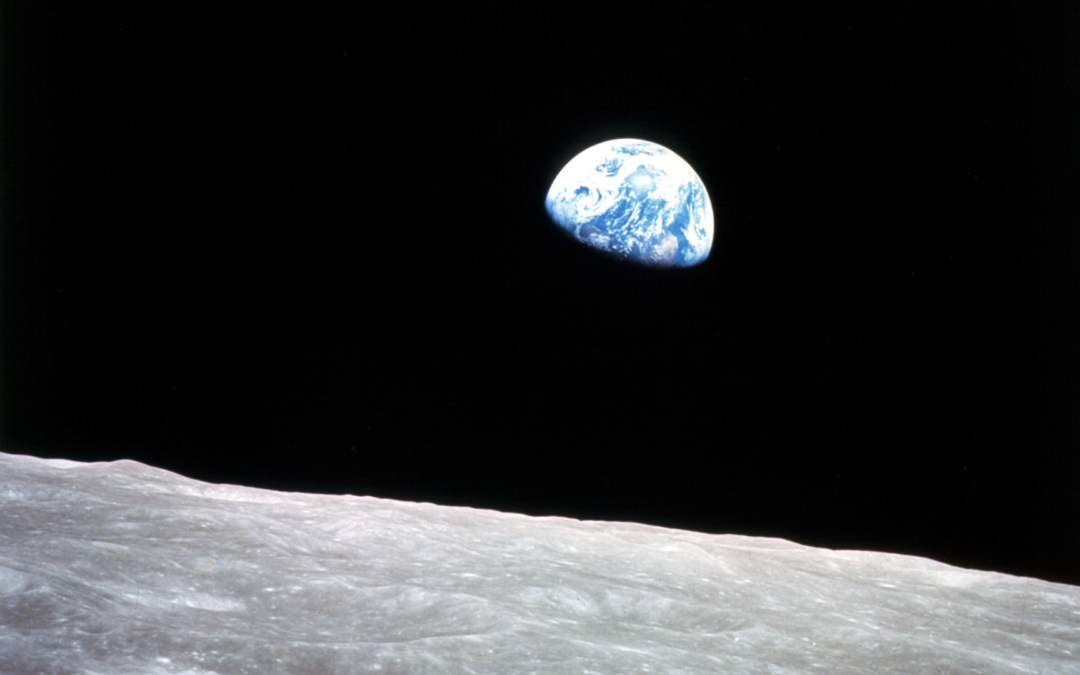A team of Australian university students has placed second in a highly competitive international competition.
The students from UNSW were tasked with designing a prototype used for regolith transport on the moon. Their success has sparked new opportunities for Australia to engage in the international space and technology sectors and established the country as a key contributor to global development.

Introducing the Aussienauts
The ‘Over the Dusty Moon’ challenge is an international competition that invites groups of university students to design and build systems based on a specific brief. The aim is to advance the development of lunar exploration technology. This year, they were tasked with constructing a machine that could transport lunar regolith.
Lunar regolith is an important element used in construction and mineral processing, however the harsh lunar conditions make it difficult to source and transport.
This year, the ‘Over the Dusty Moon’ competition was held in Colorado, with teams expected to showcase a prototype designed to transport lunar regolith from a hopper to a molten regolith electrolysis plant. Judging was based on a number of criteria, including rates of energy consumption, system mass, dust tolerance, autonomy, and overall success.
The UNSW Aussienauts were awarded second place overall, a step up from their third-place ranking in last year’s event.

The UNSW Aussienauts competing at the 2023 Over the Moon competition © UNSW
Race for regolith
The UNSW Aussienauts worked hard to produce an efficient and capable system. Their prototype was an Autonomous Slat Conveyance System (ASCS), made up of two axles and a motor. Slats wrapped around the axles to create a conveyor belt designed to deliver the lunar regolith from one point to the other.
Weighing 27kg, the ASCS was the lightest system in the competition, and used the least amount of power.
According to Justin Fang, a second-year Aerospace Engineering student at UNSW, “The competition started out very well, the ASCS was successfully moving the regolith and separating the rocks. But then the butterfly valve of the hopper jammed open and could not be closed. This caused a massive issue as the motor became overloaded, causing it to break down.”
While every team in the competition experienced some sort of failure during their allocated showcase time, it was how they responded to the problem that resulted in success or failure.
Nick Barnett, PhD candidate in Space Mining, says “Sufficient testing prior to the competition is very important, to ensure you understand the system and can adapt when things do go wrong on the competition day.”
Even with this breakdown, the team was still able to deliver 16kg of regolith using their machine, a very impressive feat.

Reaching for the stars
After two days of competition, the UNSW team was awarded second place, just behind team AGH from Poland.
“This is truly an amazing result and great to see improvement from last year’s competition. The team learned from previous mistakes and made sure that these were not repeated,” says Nick Barnett.
Thanks to their success in this year’s competition, the team has opened new doors for collaboration in the global space and mining industries. In fact, the judging panel even invited them for further discussions due to the potential they saw in the design and prototype.
For the next few months, the team will be performing experiments on lunar regolith, which could have real-world uses in missions such as NASA’s Artemis program. Their success has emphasised how Australia can support international space developments, and will hopefully lead to exciting opportunities in the future.
To discover another project focused on space exploration, click here.

